Traditional Country
Furniture
21 PROJECTS IN THE SHAKER, APPALACHIAN AND FARMHOUSE STYLES
FROM THE EDITORS OF POPULAR WOODWORKING

Contents
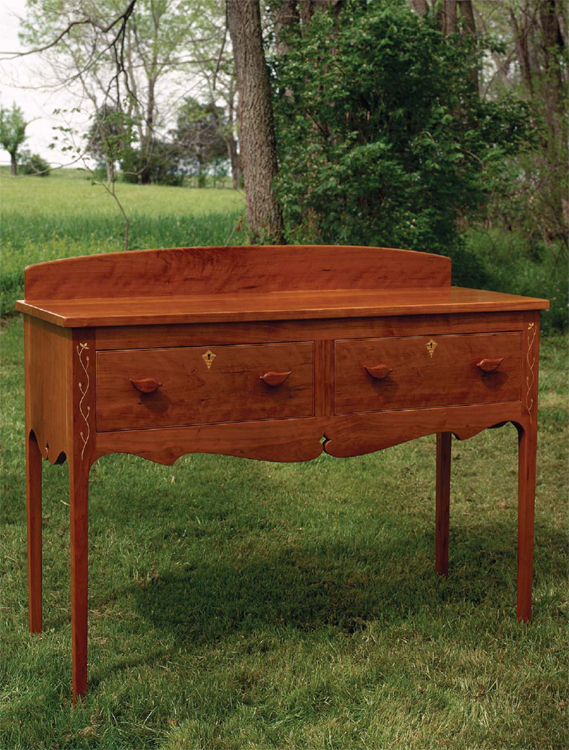
Kentucky Sideboard
Kentucky furniture is a style all its own, marked by solid, honest construction with a trace of whimsy in its ornamentation.
by Warren A. May
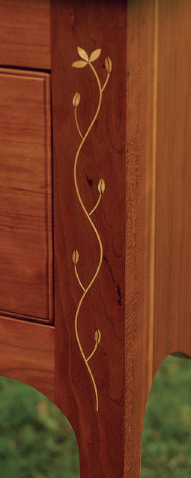
Warren A. May has been crafting solid-wood furniture and mountain dulcimers for more than 25 years. His showroom and dulcimer workshop is located at 110 Center St., on the College Square in Berea, the arts and crafts capital of Kentucky.
PHOTOS BY AL PARRISH
Its unlikely youll find the Kentucky Style listed in any furniture-design textbook, but its real. Ive spent the last 15 years tracking down examples of this 18th- and 19th-century furniture style to study and incorporate elements of it into my own furniture pieces.
Kentucky furniture is less ornate than the pieces produced in the cities of its day, and this befits its frontier heritage. One of the things that sets Kentucky furniture off from other vernacular forms is the inlay that adorns the drawers and legs. While Ive seen some examples of the Kentucky style with complex inlay designs, most times the inlay is simple and understated.
The furniture itself is usually made using walnut or cherry, two woods that are common in most parts of the Bluegrass state.
Ive been building the sideboard design shown here for a number of years, and it has been received enthusiastically by my customers no matter which side of the Mason-Dixon line theyre from. A three-drawer version also is popular, and it is an easy change should you prefer that arrangement.
This sideboard is built using straightforward joinery and requires only 2-square material for the legs. In deciding which inlay design to use, I pay careful attention to the wood grain, looking for the perfect flow of grain and contour. Just as with the authentic pieces of Kentucky-style furniture built in the 1700s and 1800s, I let hand-carved knobs and inlaid diamond escutcheons add a special flair.
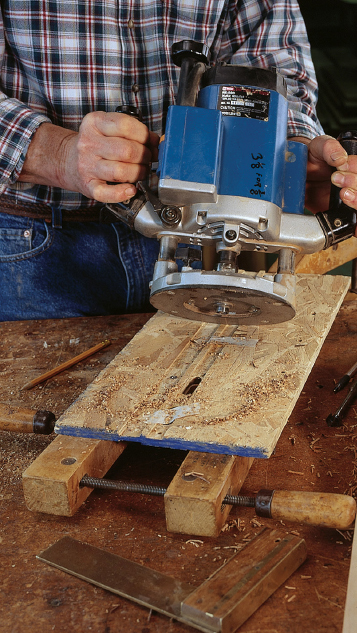
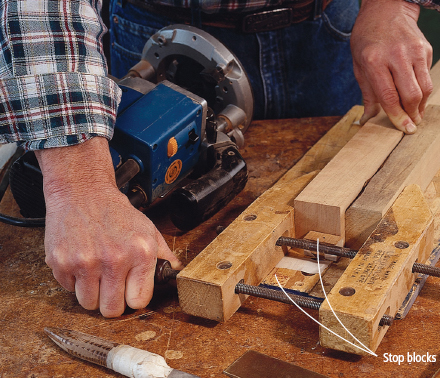
Ive made a simple mortising jig to help me locate the mortises in the sideboard legs. The jig is made from a piece of oriented strand board (OSB) and a couple of stop blocks screwed to the OSB that position the part to be mortised. A handscrew secures the leg against the stop block. I use a spiral bit and my routers template guide to rout the mortise in several passes.
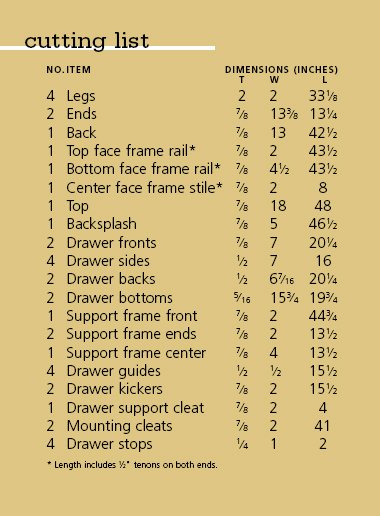
Begin Construction
If youre interested in making your own version of this piece, I encourage you to try the inlay details. But if the sideboard itself is what youre after, Ive offered the article in two sections. The main article shows you how to make the case, while the side-story explains the inlay work.
Start building the case by first marking the legs for the mortise-and-tenon joints in the face frame. These are the only mortise-and-tenon joints in the piece. The back and sides are held in place on the legs using biscuits.
To mark the mortise and tenon locations, measure down 2 from the top of each leg and mark for the top rail. Then measure another 7 down to define the drawer space and the location of the top of the lower rail. Go ahead and measure another 2 and 4 from the drawer space. The 2 mark is the bottom edge of the mortise, while the 4 mark defines the starting point of the leg taper where it meets the lower rail. See the illustration for details. The legs themselves taper on the two inside faces to 1 square at the foot. You should cut the taper prior to assembly using either a band saw or table saw.
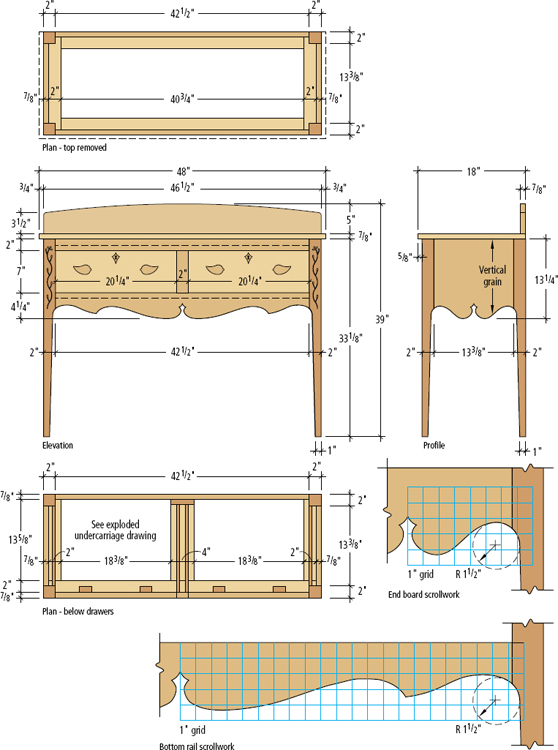
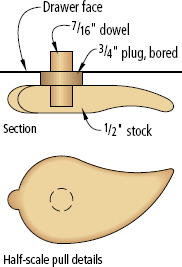

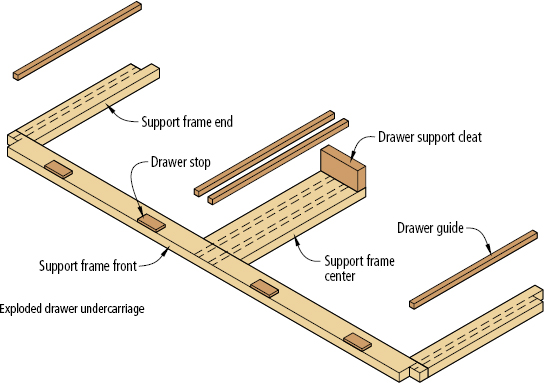
The mortises are 1 long deep and positioned so the front frame pieces are flush to the front of the legs. When making the mortises, add an extra  to the depth to ensure the tenons shoulders seat tight against the legs. Cut the mortises in the legs and in the rails, which are for the center face-frame stile.
to the depth to ensure the tenons shoulders seat tight against the legs. Cut the mortises in the legs and in the rails, which are for the center face-frame stile.
Now cut the tenons on the two face-frame rails and center stile, and use the scaled diagrams to cut the scrollwork on the lower face-frame rail. Shape the transition from the rail to the leg.
If youre going to add inlay work to your sideboard, you should skip ahead to the section titled Inlay, Kentucky Style at this time and do the work on the legs prior to gluing up the carcase.
Now turn your attention to the two ends of the cabinet. The end panels are glued between the legs with the grain running vertically. With the panels glued up, crosscut the top edge to create a clean, straight line. Then mark on the ends where the legs should intersect its the same point where the scrollwork intersects the legs on the front.
Sketch the scrollwork pattern on the ends and cut it to shape on the band saw. Now glue the end panels between the legs, flush to the outside surface of the legs (this is a long-grain joint, but you can use biscuits to help align everything), and let things dry while you work on the back.
The back is a solid panel with the grain running horizontally and is biscuited between the back legs, again flush to the outside of the back legs. Cut a pattern on the back that is similar to the pattern on the bottom face-frame rail, but without the diamond-shaped cutout or the horns beneath the drawers.
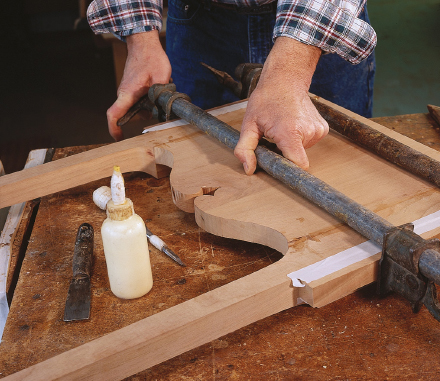
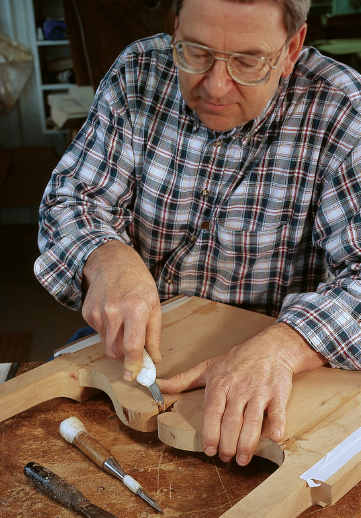
After shaping the pattern on the bottom edge of the two ends, they can be glued between the two legs. I used two pieces of scrap wood to protect the legs during glue-up, but I always end up a hand short during these operations. So I taped the scrap pieces to the legs to keep them in place, hands-free. After the end assembly is dry, I took advantage of the ability to still lay the end flat and used a chip-carving knife to soften the edges of the scroll-work by adding a slight bevel.


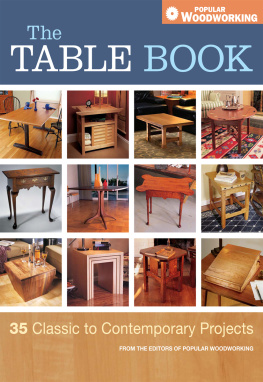
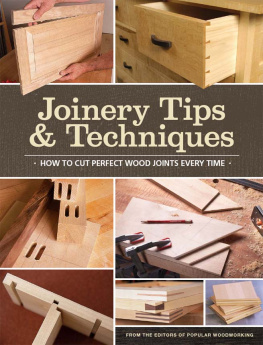
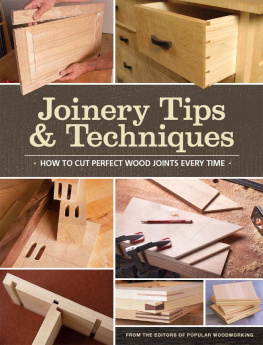
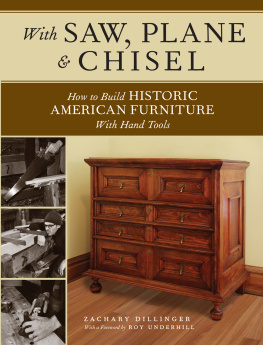
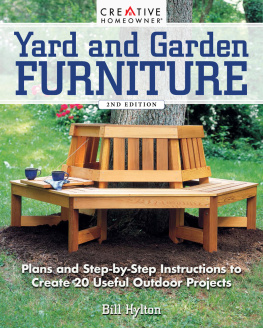
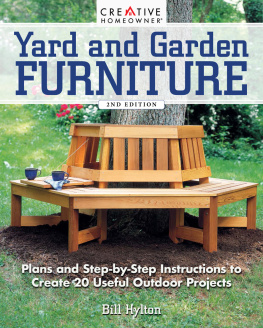

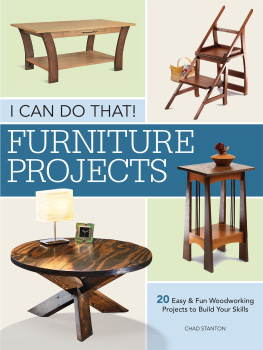

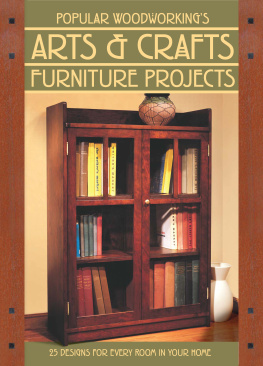
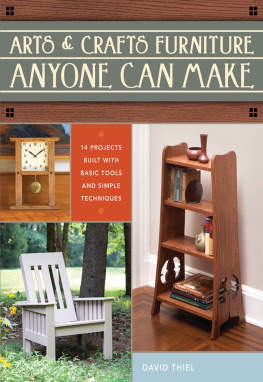
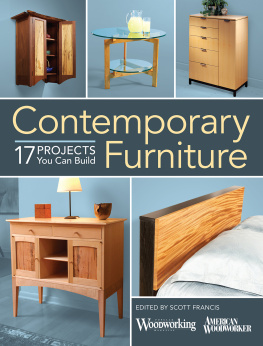
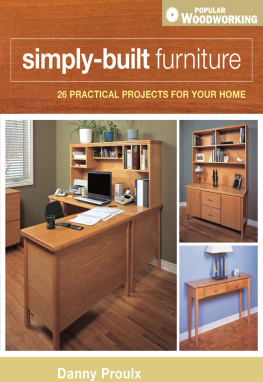
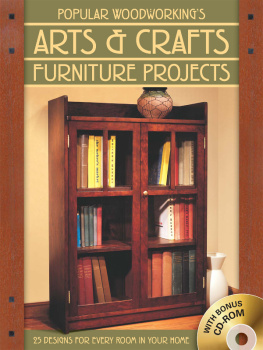
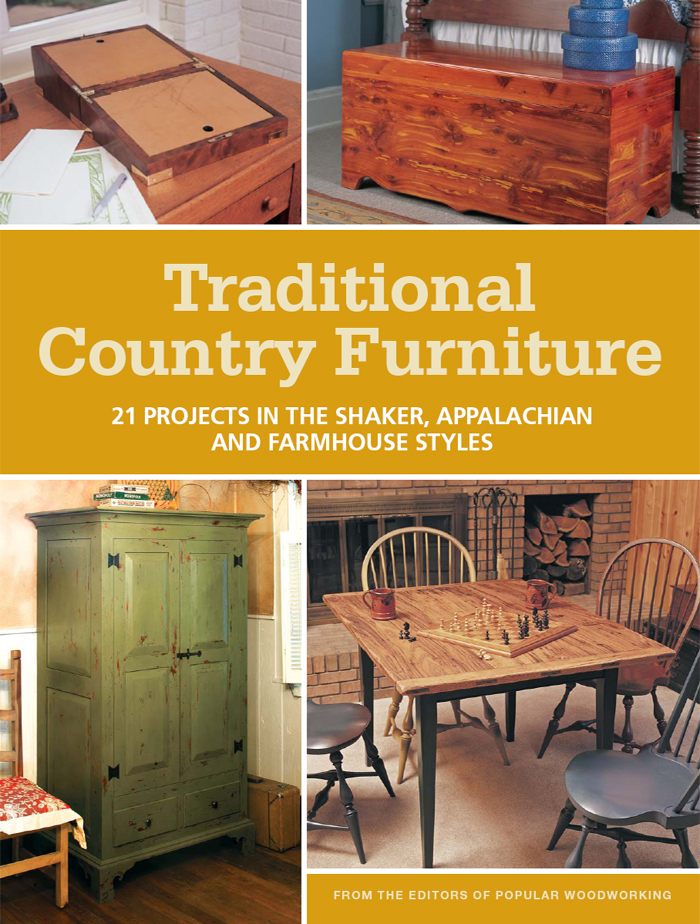










 to the depth to ensure the tenons shoulders seat tight against the legs. Cut the mortises in the legs and in the rails, which are for the center face-frame stile.
to the depth to ensure the tenons shoulders seat tight against the legs. Cut the mortises in the legs and in the rails, which are for the center face-frame stile.
